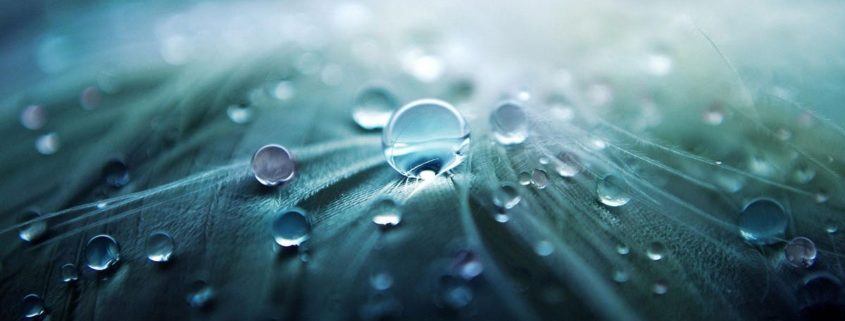Dexpanthenol - What is it and what does it do in cosmetics?
What is Dexpenthenol?
Dexpanthenol, D-panthenol or simply panthenol, is the provitamin, the vitamin B5, the pantothenic acid. It is used in medicine and cosmetics [1].

Fig. 1 The structural formula of dexpanthenol
What is panthenol chemical?
Panthenol belongs to the group of polyols, substances which possess several -OH groups, and the amides, those substances which have an R-NH-R bond. It is the provitamin, the predecessor of vitamin B5, pantothenic acid, which is an important component of coenzyme A, which in turn is responsible for the "activation" of alkanoic acids, and thus participates in the construction of many important substances in the body[2].
What are its properties?
Panthenol is a viscous, clear, liquid at room temperature. It increases the moisture retention capacity of the skin, improves its elasticity, and supports the regeneration of skin cells. It also has anti-inflammatory and wound healing properties. It is generally very well tolerated, but in some cases may cause irritation, redness and contact allergies [3].
Where is panthenol used?
Panthenol is used in medicine, in wound remedies, as well as ointments, as it contributes positively to healing, and reduces redness. It also has laxative properties in intestinal paralysis. In cosmetics, it is used in creams and shampoos to moisturise the skin and hair and protect it from environmental influences [4]. Studies have found that UV rays reduce fatty acid production in the skin by using panthenol to counteract this effect by stimulating the skin to produce fatty acids [5].
Sources:
Wikipedia[1][2]
Article of the medical journal on Dexpanthenol[3][4]
Scientific article on the reduction of fatty acid production by UV rays[5]
Image sources: Wikimedia Commons, Flickr. The image rights go to the owners of the images.




Leave a Reply
Want to join the discussion?Feel free to contribute!